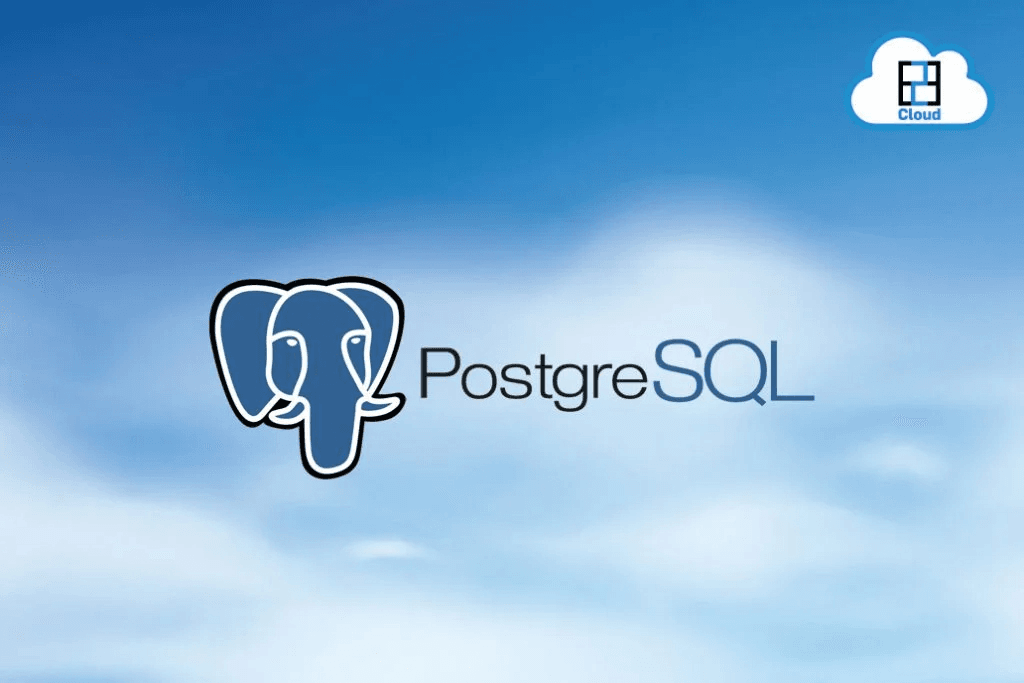Despite having so much potential, women’s contribution to technology is hardly noticed. In the same run, AI technology also shows the figure of 30% for women being part of the industry.
Now, that is how businesses have lost their growth due to fewer female contributions as they bring many new avenues.
The latest trends show that the AI job market will grow substantially in the coming years opening doors for women to be a part of technological advancements. The harsh fact of gender bias still prevails in the AI system and its end products and solutions. Thus, more women should be encouraged to participate actively in this field.

In this article, we will discuss one such initiative taken by the Indian government named INDIA AI. In this initiative, we will talk about the 21 Women in '21 who have been the backbone in uplifting the nation in terms of AI technology. The journey and success stories of these women in AI are worth learning.
In this article, we take the honour to introduce you to some of these gems who have been working tirelessly for making an AI-oriented nation.
21 Women in 2021
- Debjani Ghosh, NASSCOM President
The first woman to head a tech body in 30 years, Debjani Ghosh firmly believes in the power of technology for enhancing lives and benefitting society. She played a vital part in the development of the ‘Think Digital, Think India’ strategy to back India's digital transformation journey.
2.Anna Roy, The AI Woman of India
Anna Roy is Senior Advisor at NITI Aayog, to whom the NASSCOM President Debjani Ghosh considers the AI woman of India for framing India’s AI policy. She led the development of the National AI Strategy, Cloud Computing Infrastructure, and the Responsible AI Principles.
3.Aditi Garg, IAS, Budhanpur
Aditi Garg has served as the CEO of Indore Smart City Development Ltd (SCDL) and believes that the growing technology reliance will broaden urban redevelopment and integrate governments and technology solution providers. She also highlights the importance of data availability in IoT, AI and analytics for urban development.
4.Charu Noheria, Co-founder and COO, Practically
As a tech enthusiast, Charu Noheria always wanted to build a tech company that solves real-world problems. She is the only female co-founder of Practically. She believes in giving opportunities and boosting women in tech and STEM for beholding a significant impact in business.
5.Tapati Bandopadhyay, CEO, AISWITCH
Tapati has been passionate about maths, physics, and machines since childhood. She amplifies the importance of learning new algorithms and packages, being hands-on and studying papers together with bright kids who are 20 years younger to make practical AI knowledge relevant and fresh.
6.Redickaa Subrammanian, CEO & Cofounder, Resulticks
The CEO of Resulticks, Redickaa believes that AI will impact the entire world in innumerable ways in every industry and every human being in some way. She says, “There is nothing that you cannot do if you put your mind to it.” She is one of the examples of studying building and running history in real-time.
7.Geetha Adinarayan, Chief Architect - AI Applications, IBM
Geetha is fond of data and terms it responsible for her affinity for AI. It is exciting to find how patterns repeat in nature and the data sets. She has worked on solutions such as IT Operations Analytics. When she bagged the opportunity to become IBM’s Chief Architect, she made full use of it and learned more on AI and released the offering with AI Infusion.
8.Parul Pandey, Data Evangelist at H2O AI
Parul loves her job and has currently been actively interacting with the Data Science community for bringing awareness. She likes to apply predictive analysis based on insights. At H2O, she helps people understand the use of products such as Driverless AI and H2O’s open-source offerings.
9. Swati Jain, VP of Analytics, EXL
Swati is one of those passionate analysts at EXL who takes care of offshore analytics delivery, people management, and business development of more than 15 media, retail, and banking-based US and UK clients, and drives these operations from Gurgaon.
Last Words,
In this article, we have presented some women pioneers who have been torchbearers in the field of AI and an integral part of the India AI initiative. Apart from these, twelve more dignitaries in the list that follow are Dr. Rohini Srivathsa, Microsoft India; Dr. Gargi DasGupta, IBM; Dr. Geetha Manjunath, NIRAMAI; Daisy Chittilapilly, CISCO & SAARC; Geeta Gurnani, Microsoft; Geetha Mahadeviah, Philips Innovation; Shaily Goel, Microsoft AI Cognitive services; Kiranmayi Lakshmi Satya Gandham, Infosys; Neeti Mehta Shukla, Automation Anywhere; Ranjani Mani, VMware India; Neha M, AskSid.ai; Nritya Ganesh, Edison[X], GE Healthcare; Cindy Mathews, The Math Company.
They are the real inspirations in the fields of technology. Knowing their accomplishments will surely be inspiring millions in the coming days!









